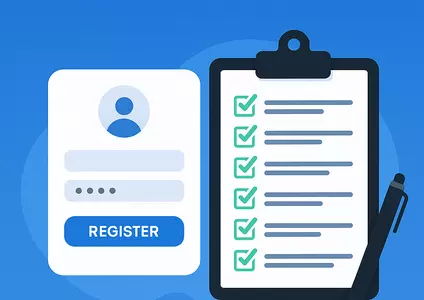
Why QA Testing Should Start in the Design Phase
Why QA Testing Should Start in the Design Phase

Why QA Testing Should Start in the Design Phase
When you think about building a website or app, the first thing that probably comes to mind is coding, right? Developers write the code, designers make it look appealing, and then, when everything is built, it’s time for Quality Assurance (QA) testing. However, did you know that QA testing should start in the design phase? Waiting until after development to begin testing might be a mistake. In fact, early QA testing can significantly improve your project’s success. Let’s dive into why this shift in approach makes a huge difference in software development QA.
Catching Issues Early Saves Time and Money

You’ve probably heard the saying, “Fixing a problem early is always easier than fixing it later.” That’s especially true in software testing best practices. If an issue—like a confusing user flow or missing functionality—is found in the design phase, it can be fixed quickly before coding even begins. However, if the same issue is caught after development, it may require rewriting entire sections of code, which takes time and increases costs.
💡 Example: A confusing checkout process can be identified and improved during the wireframing stage, avoiding costly fixes after coding.
Better Team Collaboration
When QA testers are involved early, they work closely with designers and developers to identify potential issues before they become bigger problems. This teamwork makes the entire software testing process more efficient.
✅ Designers might realize that a button placement doesn’t make sense.
✅ Developers might spot technical limitations before they become blockers.
✅ QA teams help refine the design to improve usability and accessibility.
[Read more about improving team collaboration in software development]
Design Problems Are Easier to Fix Than Code Problems
If a design isn’t user-friendly, it’s much easier (and cheaper) to tweak a wireframe than to rewrite code. Imagine finding out that users struggle to complete a checkout process after the website is fully built. Fixing that could mean modifying multiple pages, redoing functionality, and spending extra time on QA testing. But if that issue is caught in the design phase, it can be resolved in minutes.
🎯 Pro Tip: Use interactive wireframes to test usability before development begins.
User Experience (UX) Testing Can Start Sooner
A great UX is critical for any website or app. By testing navigation, button placement, and user flows early, you can gather feedback before development even starts. Simple design prototypes allow you to evaluate usability and refine the user experience before writing a single line of code.
Key UX Testing Strategies:
✔️ Conduct usability tests with real users.
✔️ Use heatmaps to analyze interaction and engagement.
✔️ Collect feedback on design prototypes before development.
No More Last-Minute Surprises
If QA testing only happens after development, you might discover major problems just before launch—things like broken functionality, slow performance, or design inconsistencies across different devices. This can lead to delays, frustration, and even unhappy customers. Starting testing early means you can catch and fix these issues before they become a crisis.
[How to avoid last-minute testing surprises]
Ensuring the Design Meets Business Goals

Every website or app is built with a purpose—whether it’s selling products, getting sign-ups, or providing information. QA testers help ensure that the design supports these business objectives. For example, if the goal is to increase sales, testers can evaluate whether the checkout process is easy and intuitive.
Example Business Goals & QA Considerations:
🔹 E-commerce: Ensuring a seamless checkout process.
🔹 SaaS Platform: Optimizing an intuitive sign-up flow.
🔹 Content Website: Improving navigation for better engagement.
Final Thoughts
Starting QA testing in the design phase might seem like extra work, but in reality, it saves time, reduces costs, and results in a better final product. It fosters better team collaboration, improves user experience, and prevents costly mistakes down the road.
🚀 Next Steps: On your next project, bring your QA team in from the start. The sooner you start testing, the smoother the development process, and the better your end product will be.
Starting QA testing in the design phase might seem like extra work, but in reality, it saves time, reduces costs, and leads to a better final product. It helps teams collaborate more effectively, improves user experience, and prevents costly mistakes down the road.
So next time you start a project, bring your QA team in from the start. The sooner you start testing, the smoother the development process will be, and the better your end product will turn out.
[Learn more about integrating QA in early development]
Looking For Professional Web Design & Development Services?
Our innovative approach blends aesthetics and functionality, creating bespoke online experiences that resonate. We tailor every pixel to showcase your uniqueness.






























